Call Us Back
Kindly fill the above infomation and one of our executive will call you in 48 Hr.





Information on Hotels

Competitor Data

Transaction Data

Clickstream Data
STEP 1:

Decision Trees

Time Series Analysis

Regression

Hierarchical Clustering
STEP 2:

Locality segments

Demand Forecast

Price elasticity of Demand

Nominal Price
STEP 3:

Linear Programming with objective function: Maximize Revenue
STEP 4:

Discounts offered

Rounding off the numbers

RECOMMENDED PRICE

Information on Hotels

Competitor Data

Transaction Data

Clickstream Data
STEP 1:

Decision Trees

Time Series Analysis

Regression

Hierarchical Clustering
STEP 2:

Locality segments

Demand Forecast

Price elasticity of Demand

Nominal Price
STEP 3:

Linear Programming with objective function: Maximize Revenue
STEP 4:

Discounts offered

Rounding off the numbers

RECOMMENDED PRICE

Information on Hotels

Competitor Data

Transaction Data

Clickstream Data
STEP 1:

Decision Trees

Time Series Analysis

Regression

Hierarchical Clustering
STEP 2:

Locality segments

Demand Forecast

Price elasticity of Demand

Nominal Price
STEP 3:

Linear Programming with objective function: Maximize Revenue
STEP 4:

Discounts offered

Rounding off the numbers

RECOMMENDED PRICE

Hotels across a city are grouped together using the distances between them using Hierarchical Clustering, thereby creating clusters.

Name of the segment according to the nearby landmark place – either tourist or business destination.
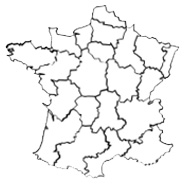
Geography of the city is divided into multiple demand segments.
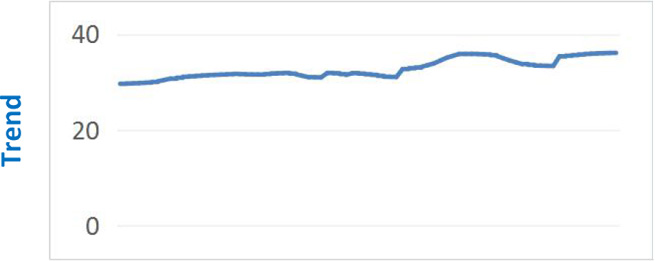
Macroeconomic factors:
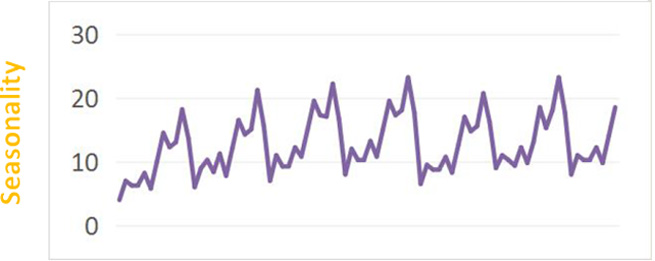
Regularly occurring expected events:
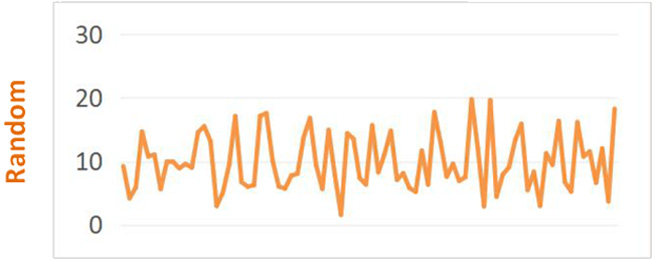
Unexpected demand influencers:
Forecasting can be done for the individual components from the decomposed time series and overall using following techniques:
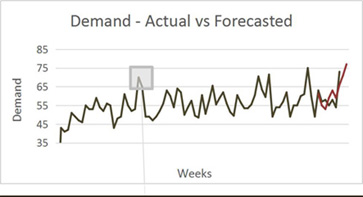
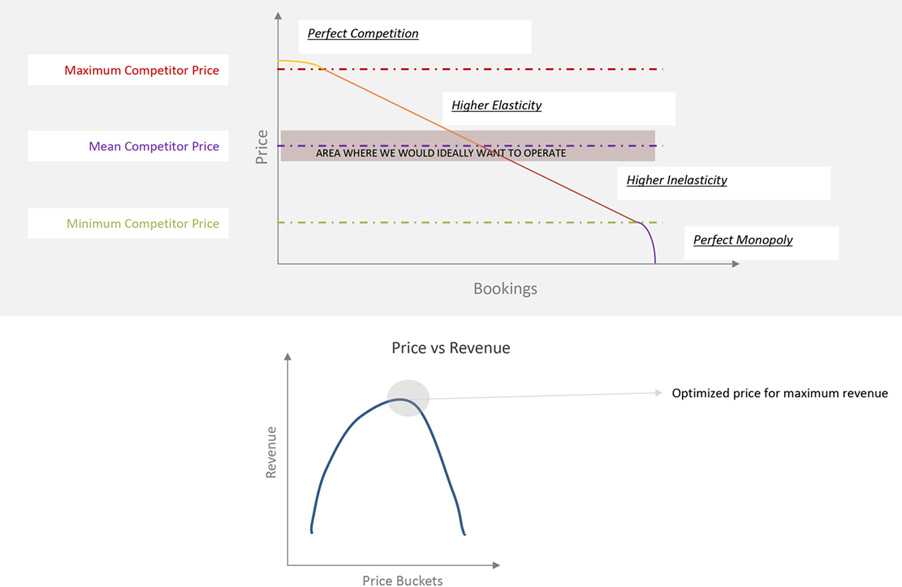
Objective Function: Maximize Revenue
Allocation of price to each room according to available inventory and other factors
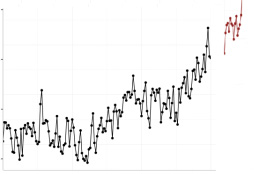
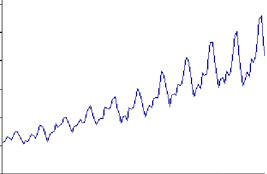
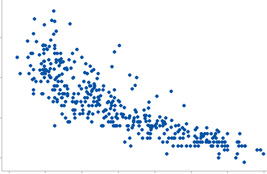
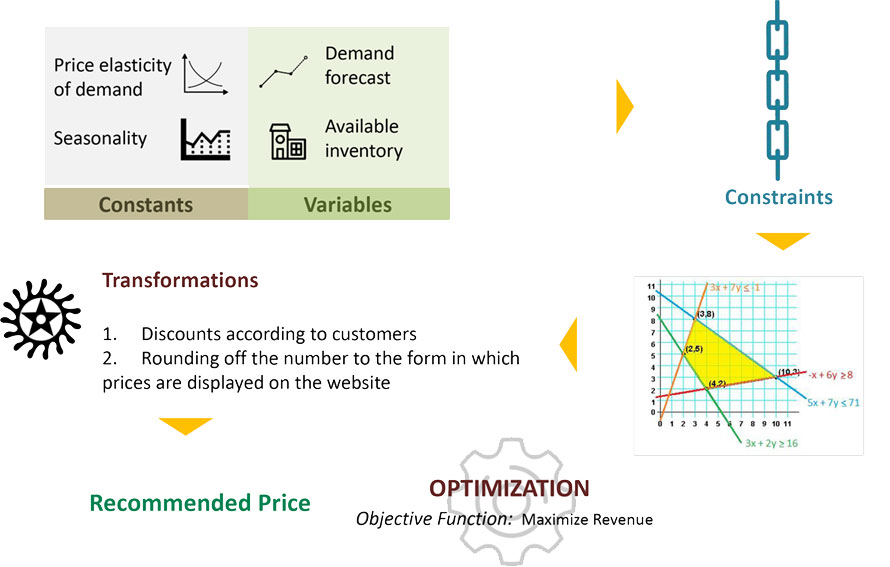
Maximize P*X across various instances
Where:
P: Price of the room
Price >= Minimum Operational Cost of the room (alternatively, Minimum Competitor Price in the locality)
Price <= Maximum Competitor Price in the locality
Expected number of rooms booked at price PL<= Inventory remaining at the instance
Inventory remaining <= Overall Capacity for the hotel
